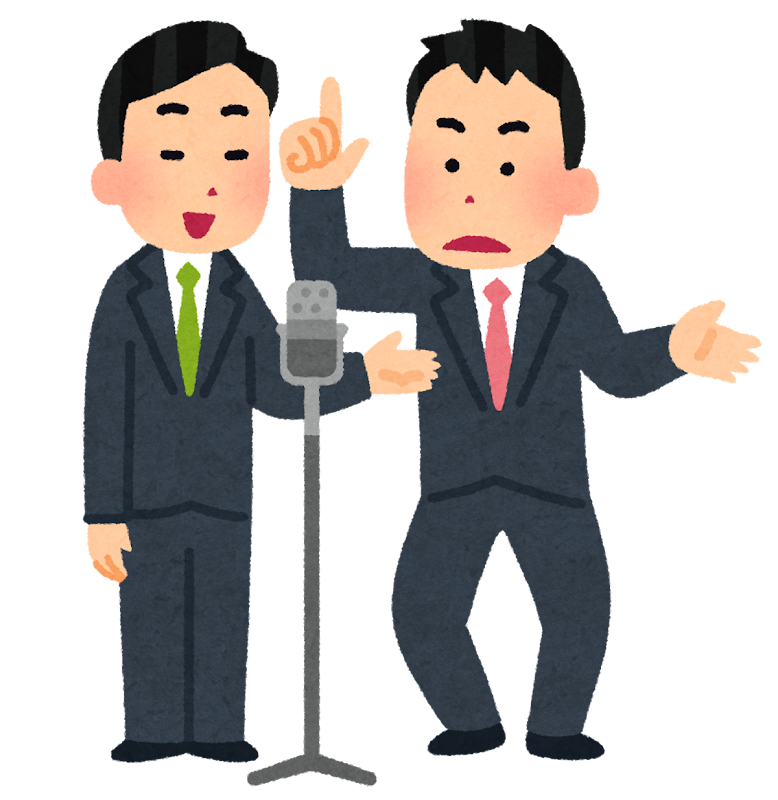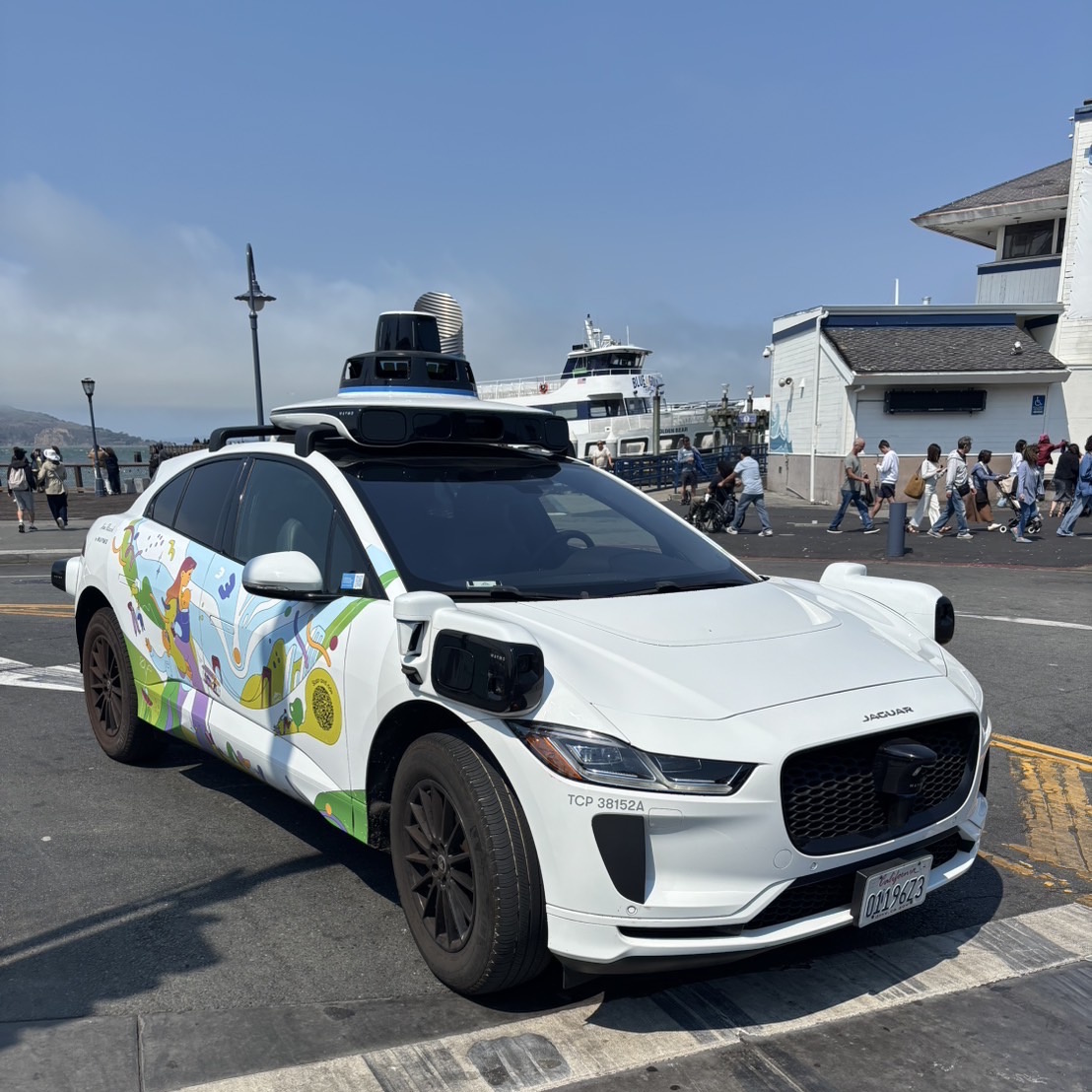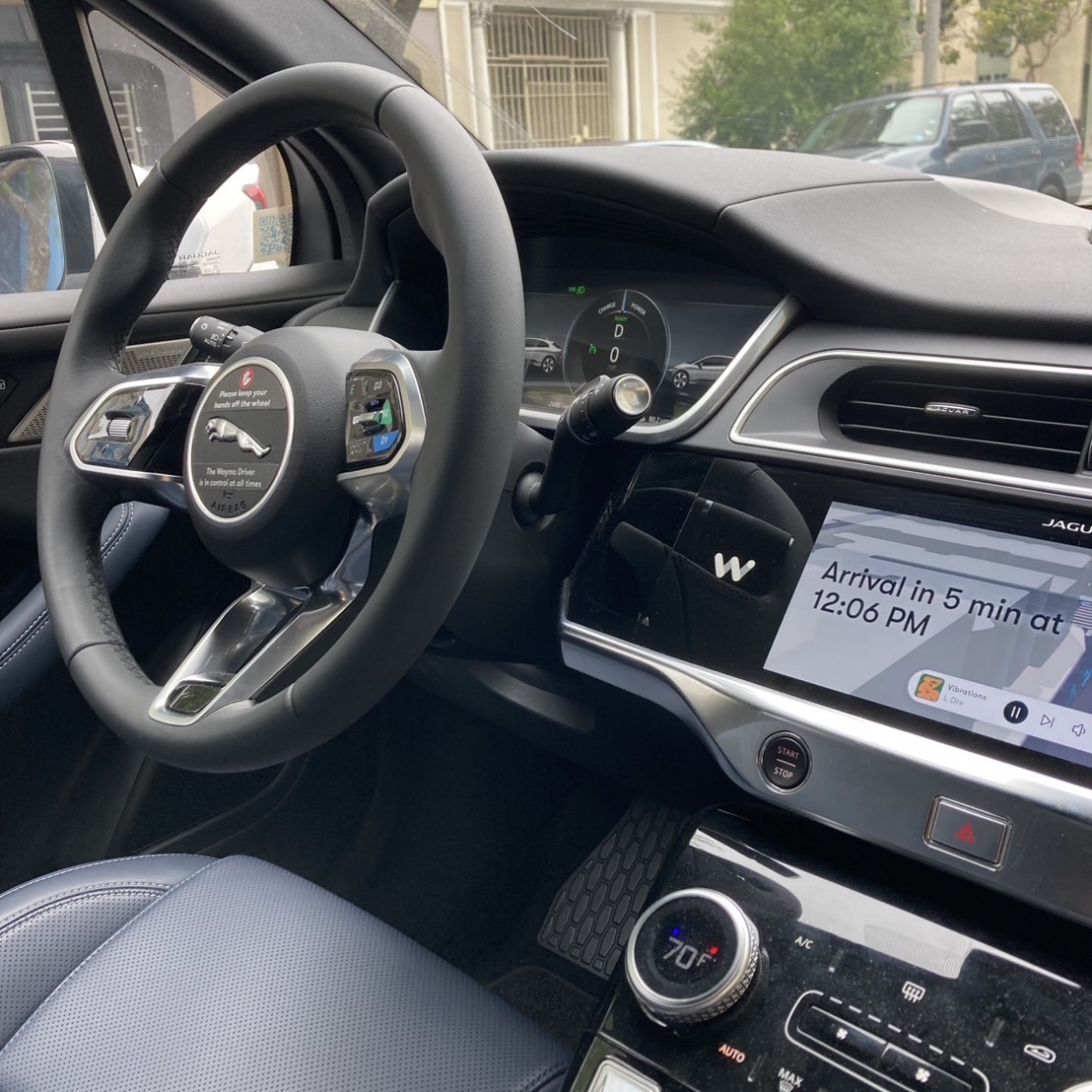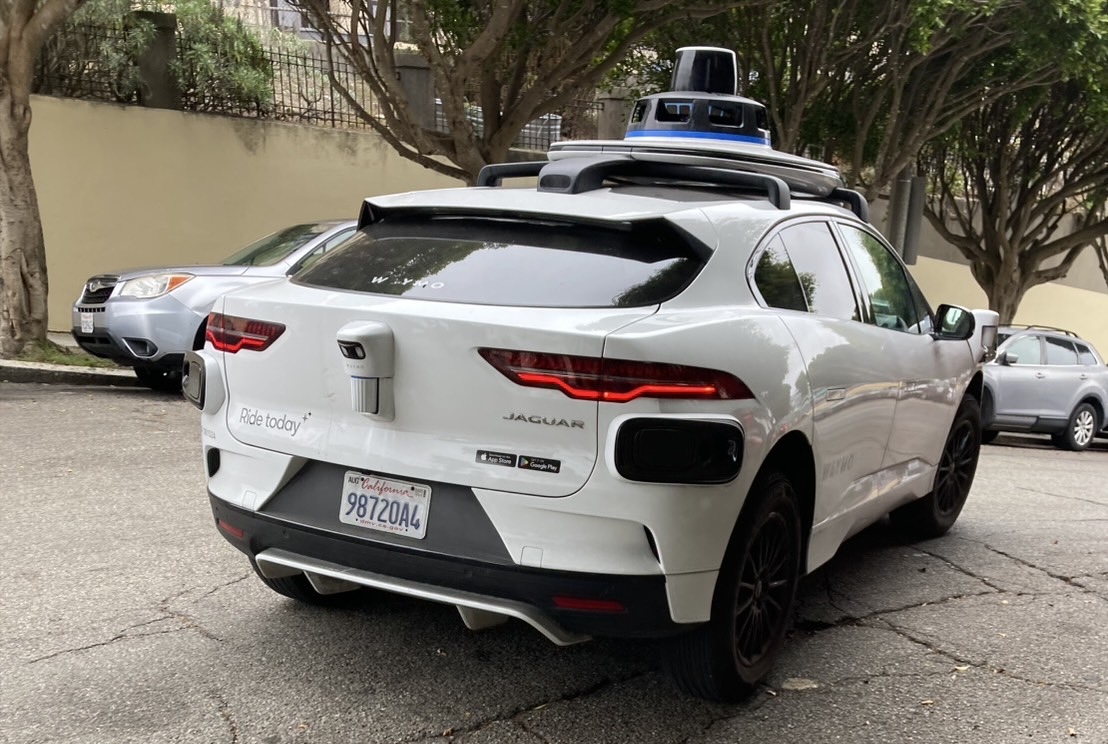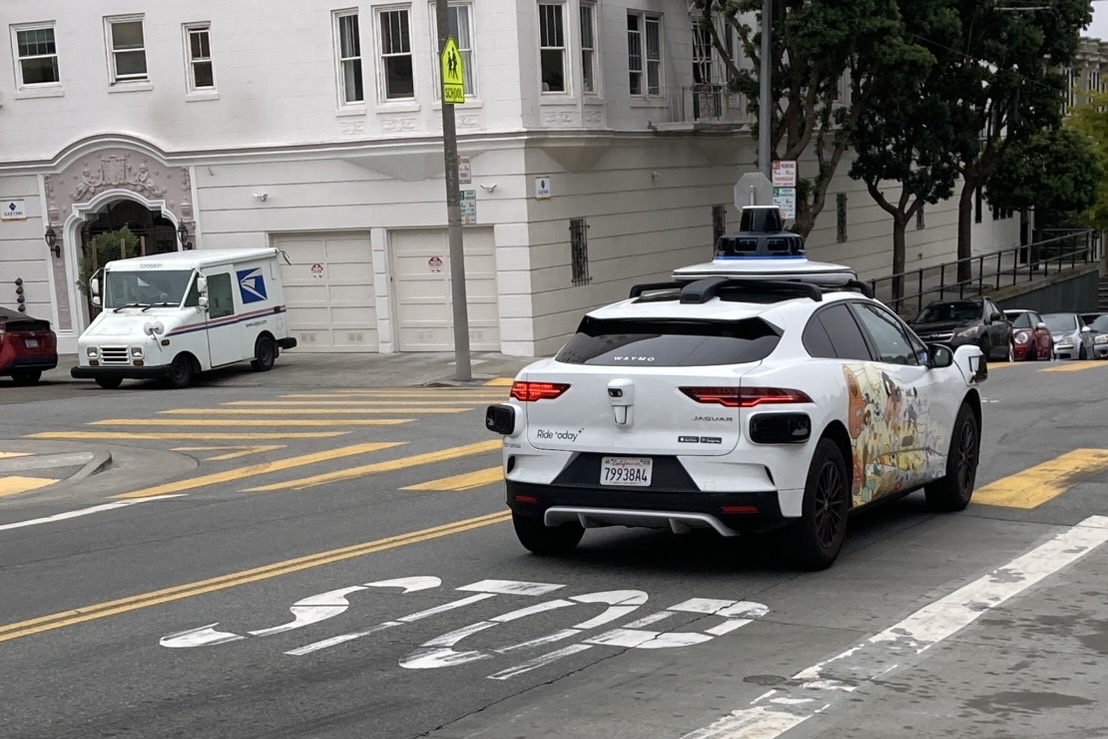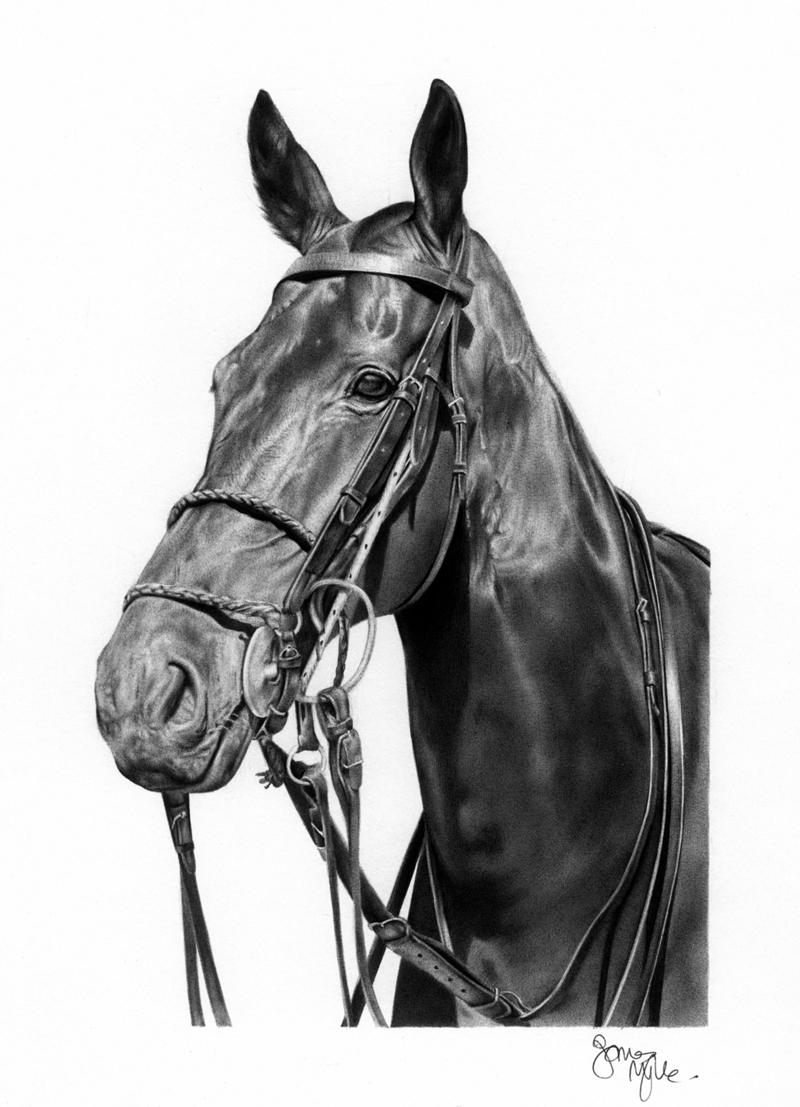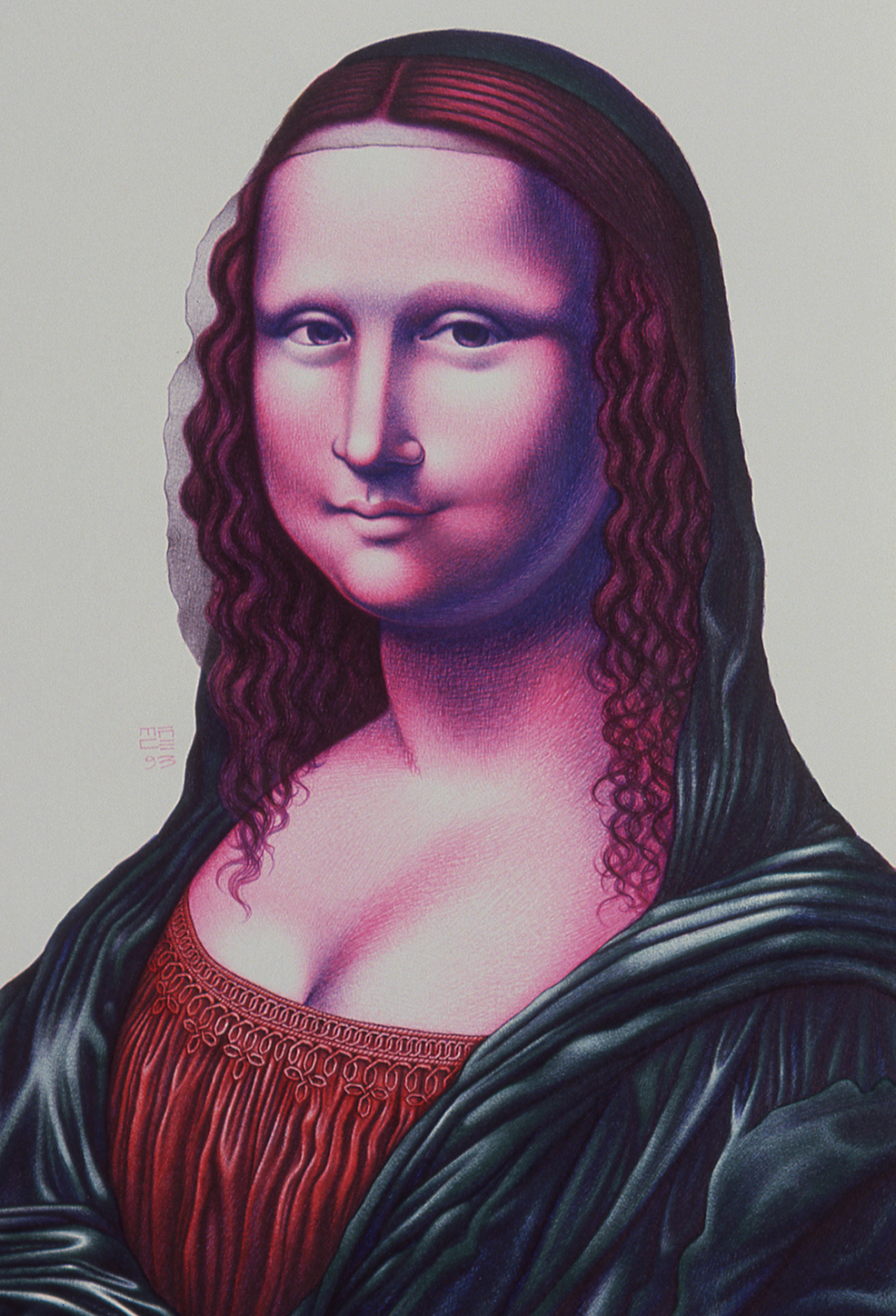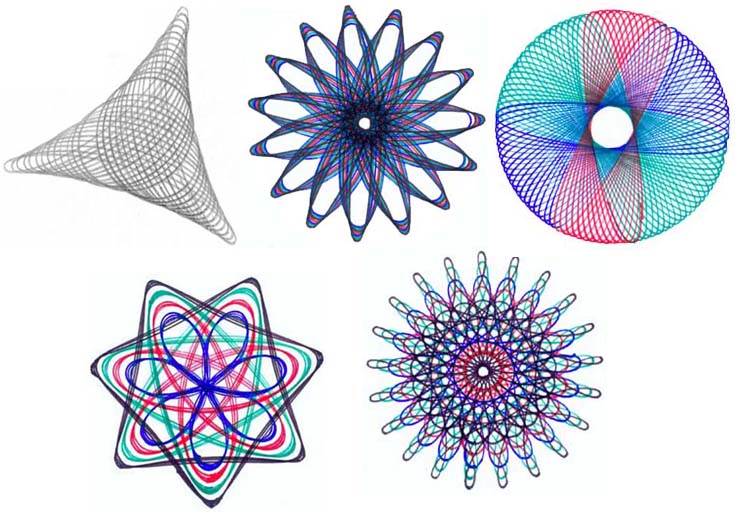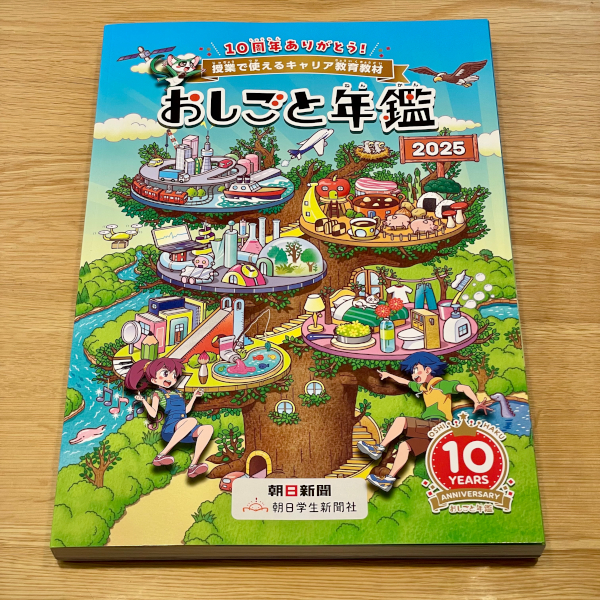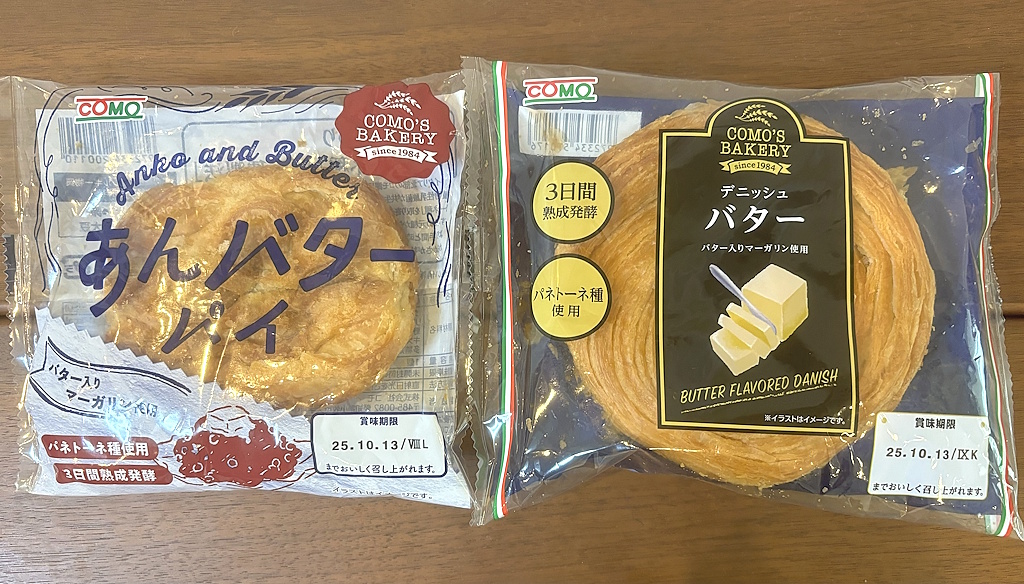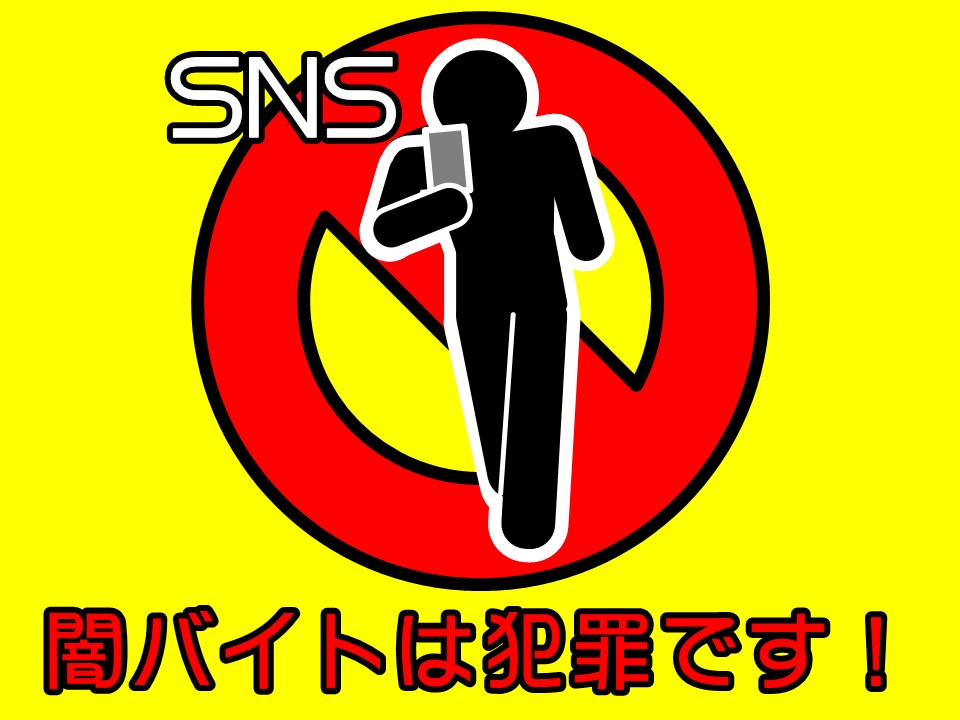#design #patent #trademark I’m Hiro, a fan of home appliances and gadgets.
The Nintendo Switch 2 has been generating a lot of buzz even before its June 5 release. I casually entered the official store’s lottery for the first batch, and to my surprise, I won the first draw. It arrived on the release date, but with my middle schooler’s midterm exams just two weeks away and a busy schedule afterward, I still haven’t opened it as of June 25 (my child doesn’t even know the Switch 2 is at home yet). I finally have some free time this weekend, so I plan to play with my child.

As is well known, Nintendo places a strong emphasis on protecting its intellectual property. Switch 2 must also utilize a significant amount of intellectual property. I conducted some research based on publicly available information.
First, when looking into patents, I found a PCT international patent application related to Switch 2.
Patent 1: PCT/JP2023/028162
International Filing Date: August 1, 2023, International Publication Date: February 6, 2025, Invention title: Game controller
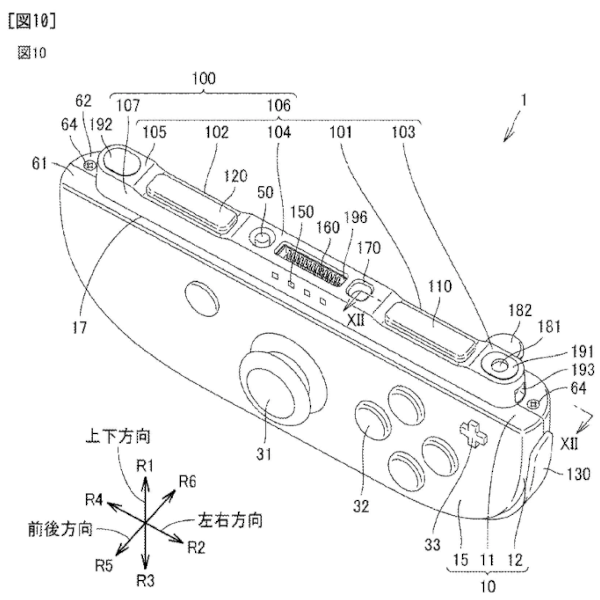
Patent 2: PCT/JP2023/028163
International Filing Date: August 1, 2023, International Publication Date: February 6, 2025, Invention title: Game Console and Game System
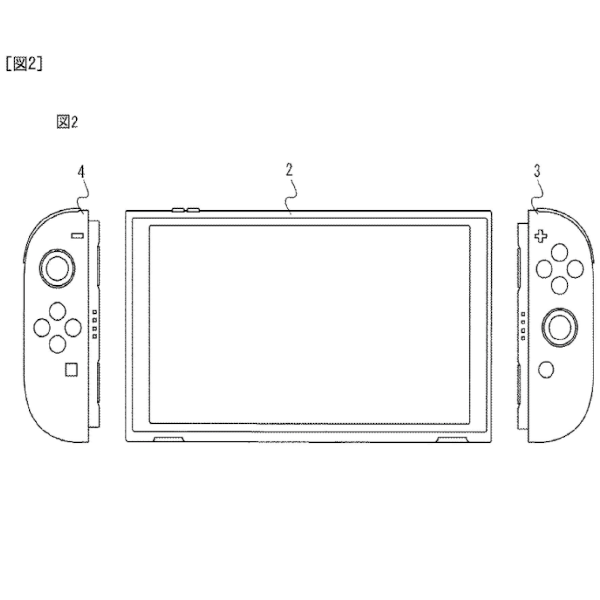
In the previous model (Switch), the controller was attached and detached by sliding it into the display unit, but in Switch 2, this has been changed (improved) to a magnetic attachment/detachment mechanism (reference). Patents 1 and 2 appear to be patents related to this mechanism. The Japanese patent application for Patent 1 was registered on June 2, 2025 (three days before the release date) (Japanese Patent No. 7690703).
Note that the international publication dates for Patents 1 and 2 (February 6, 2025) are after January 16, 2025, when the official name “Nintendo Switch 2” and a teaser video of the main unit including the controller were first revealed. Since the patent content (drawings) will be internationally published 1 year and 6 months after the filing date (August 1, 2023), it is presumed that the preview video was released before this date.
In addition to Patents 1 and 2, approximately 25 PCT international applications related to Switch 2 have been filed since August 1, 2023. Among these, there are applications related to the mouse functionality of the new controller featured in Switch 2.
At present, few of these have been transferred domestically (possibly only Patent 1?), but it is expected that transfer procedures to various countries will be conducted by the respective deadlines for each application. Additionally, there are likely many more Switch 2-related patent applications that have already been filed but have not yet been published.
Upon further investigation into designs, I found examples of design registrations that appear to be part of the Switch 2 controller (control sticks).
Design 1: Japanese Design Registration No. 1800949
Filing Date: November 12, 2024, Registration Date: June 5, 2025, Publication Date: June 13, 2025, Article to the design: Control Stick Device

Design 2: Japanese Design Registration No. 1800950
Filing Date: November 12, 2024, Registration Date: June 5, 2025, Publication Date: June 13, 2025, Article to the design: Control Stick Device
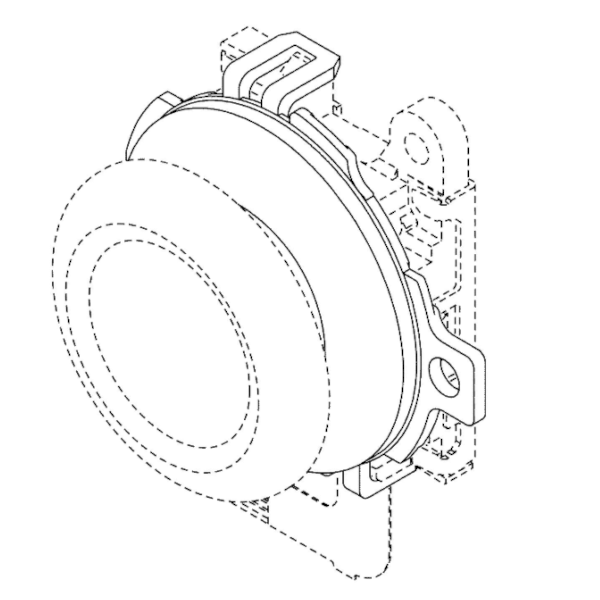
The registration date coincidentally matches the release date of Switch 2 on June 5, 2025, with the publication date set for June 13, 2025. If the publication date had been before the release date, the shape of the back side of the control stick—which cannot be seen without disassembling the controller—would have been disclosed prior to release. This makes the registration date and publication date exceptionally well-timed. By the way, if you do not want to disclose the design during the registration examination, you can delay the publication date through the confidential design system.
By registering the control stick as a component, I believe this will prevent counterfeit (substandard) control sticks from being produced as replacement parts by other companies. At present, there seem to be only the two examples of design registrations related to Switch 2, but I expect many more examples will be disclosed in the future.
Additionally, when researching trademarks, I found an example of a trademark registration for the Switch 2 logo mark.
Trademark 1: Japanese Trademark Registration No. 6917075
Filing Date: January 16, 2025, Publication Date: January 24, 2025, Registration Date: April 9, 2025
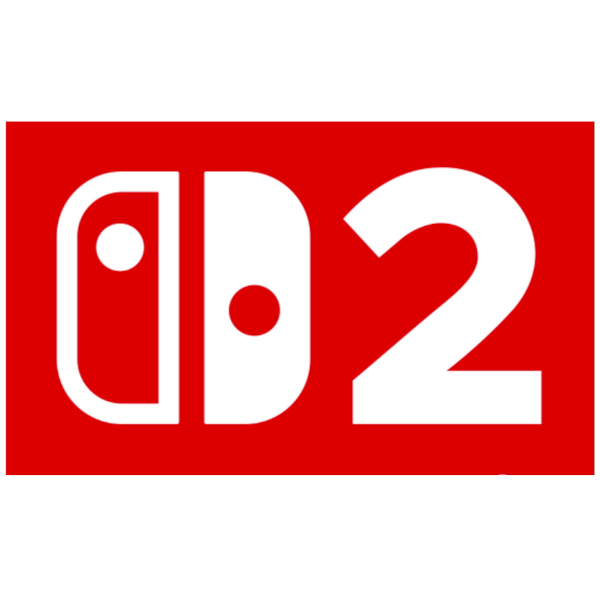
Trademark 2: Japanese Trademark Registration No. 6917076
Filing Date: January 16, 2025, Publication Date: January 24, 2025, Registration Date: April 9, 2025
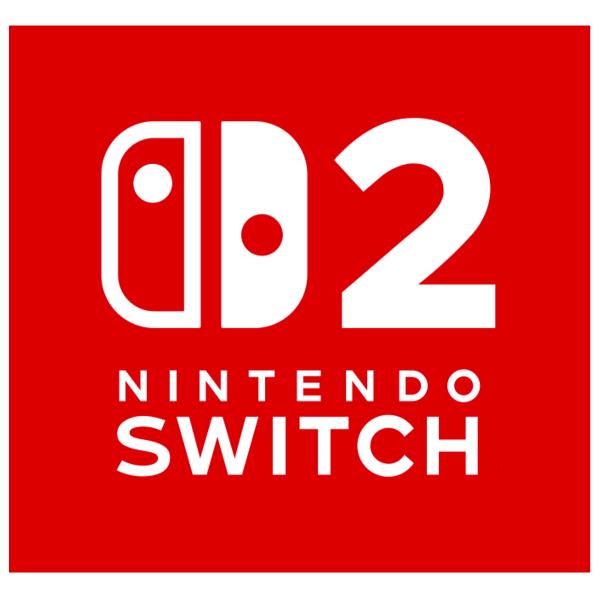
The above trademarks were filed on the same day as the first public release of the teaser video for “Nintendo Switch 2” (including the Switch 2 logo mark) on January 16, 2025.
This prevents the logo mark from becoming publicly known before Switch 2 is released and also prevents others from filing prior applications.
Additionally, according to the Global Brand Database, trademarks similar to the above two trademarks have been filed in various countries around the world.
Nintendo is securing comprehensive protection for a single product (Switch 2) by obtaining multiple intellectual property rights (patent rights, design rights, trademark rights).
In the case of patents, applications are published 1 year and 6 months after filing; in the case of designs, they are published after registration following an examination; and in the case of trademarks, applications are published approximately one week after filing. Nintendo likely considered these publication timelines carefully when determining the announcement date, release date, and other details for the new product (Switch 2).
For companies developing new products, intellectual property strategy is of utmost importance.
How should patents, designs, and trademarks be combined for protection? How should the timing of disclosure, announcement, and release be determined? Drawing on real-world examples, we can propose the optimal strategy for your needs. Please feel free to contact us at our firm for further discussion.

